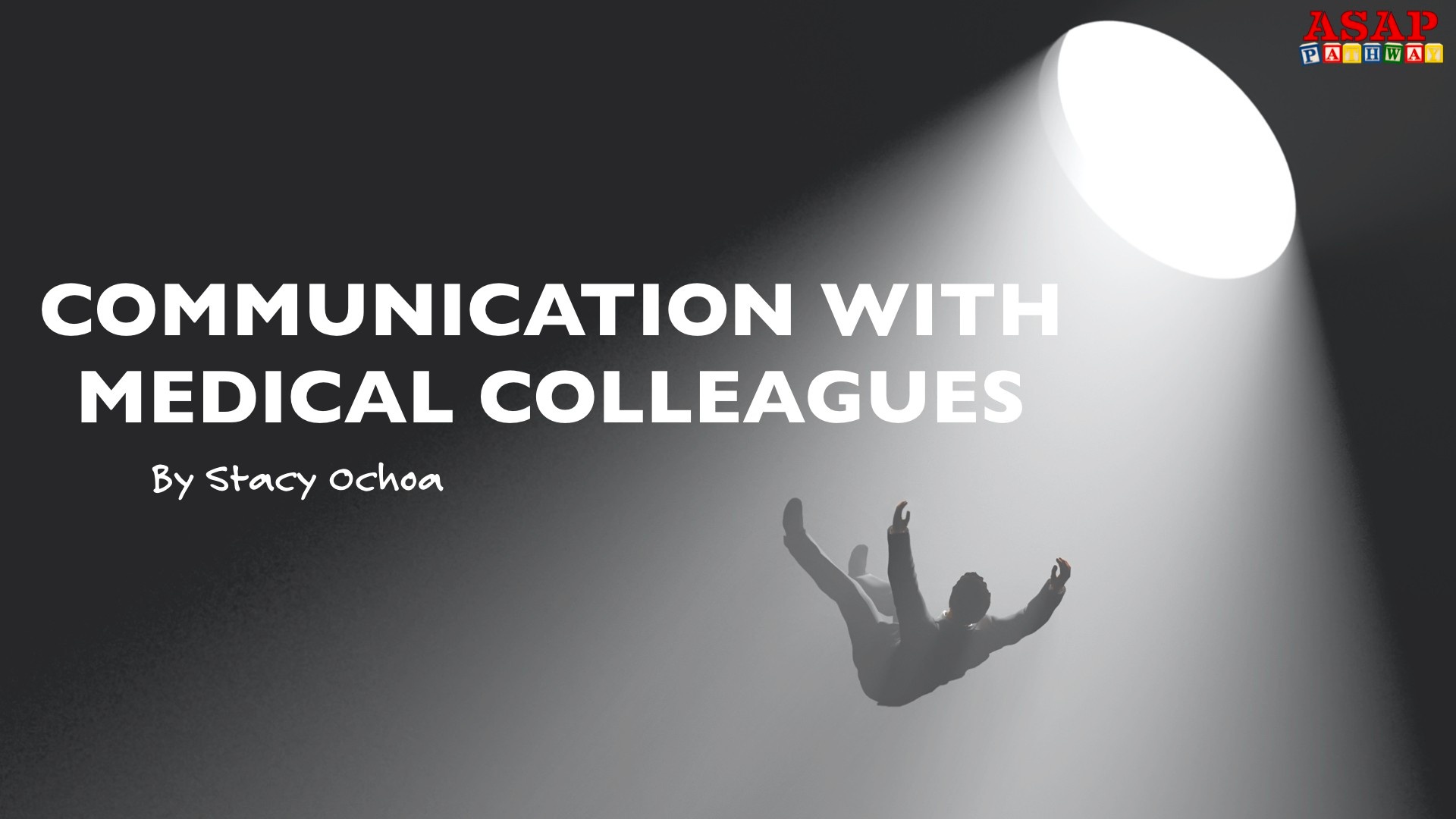
THE MEMBER EXPERIENCE
MODULE 1
INCORPORATING PEDIATRIC AIRWAY & SLEEP

October 15-16, 2021
9AM - 3PM Eastern | 8AM - 2PM Central | 7AM - 1PM Mountain | 6AM - 12Noon Pacific
Registration: Dentists $2499 | Auxiliaries $1799
Recording accessible until Dec 31st
Get 2 months of ASAP Pathway Member experience:

- Access to module 1
- Mentorship & case support via FB private group
- April & May Members Meeting & Case Discussions

ASAP Pathway is a Nationally Approved PACE Program Provider for FAGD/MAGD credit. Approval does not imply acceptance by any regulatory authority or AGD endorsement. Provider ID# 398507 5/1/2020-10/21/2021
What's included in Module 1?
This presentation introduces the topic of pediatric sleep disordered breathing (SDB). In this presentation, we will discuss:
- The ADA Guidelines on the Role of Dentists in Pediatric SDB
- The spectrum of SDB and the Illness and Wellness Continuum
- The anatomy involved and affected by SDB
- Classification of sleep disorders
- Team approach in managing pediatric SDB.

In order to understand the pathophysiology of obstructive pediatric sleep disorders, it is important to understand what normal sleep is. In this presentation, the viewer will be introduced to the concepts of:
- Why we sleep
- What controls sleep
- The sleep cycle in infants, children, adolescents as compared to adults.
- The ideal sleep requirements based on age and
- Steps we can take to enhance sleep hygiene

Pediatric Obstructive Sleep Disordered Breathing (OSDB) has a multi-factorial origin. In this presentation the viewer should have a better understanding of the pathophysiology of pediatric OSDB including:
- The types of pediatric OSDB.
- The characteristics of pediatric OSDB.
- How the Starling resistor model could explain airway collapsibility
- The respiratory and digestive anatomy involved in Pediatric OSDB.
- What “P crit” is and how this affects airway collapsibility

Understanding the guidelines of our ENT colleagues allow better communication and more effective patient management between the dentist and the ENT.
- Understanding the areas of obstruction that can occur.
- Understanding nasal cycling.
- Tonsil and Adenoid classification.

Pediatric OSDB result in many medical comorbidities. The goals of these presentations are to:
- Understanding the medical conditions that can be associated with SDB/poor sleep
- Understanding how SDB/poor sleep can specifically cause these health issues.

How to have continuity of care with all health care professionals.
Things to do and NOT do when communicating with medical colleagues.

This is the introduction to understanding how pediatric OSDB is diagnosed. After this presentation, the viewer should be able to:
- Understand the key terms in OSA and OSDB
- Define AHI, RDI, ODI, Apnea, Hypopnea, RERA, and IFL

By understanding the Pediatric Sleep Questionnaire (PSQ), the viewer can investigate the presence of childhood SRBDs and prominent symptom complexes, including snoring, daytime sleepiness, and related behavioral disturbances.
Discuss risk of mild snoring and abnormal breathing.
Discuss signs of mouth breathing

The data collection consist of physical examination, subjective symptoms and clinical history. Viewers will learn clinical phenotypes that are high risk of sleep disordered breathing.
Part 1 discusses the clinical photography, nasal evaluation, skeletal classifications, soft palate and tonsillar hypertrophy.
Part 2 discusses malocclusion and it’s risk factors, the temporal mandibular joint and tongue evaluation.

By the end of this presentation, the viewer should be able to:
- Evaluate cases of kids with SDB and malocclusion
- Discuss different ages of intervention strategies.
